Exhibition devoted to the partnership between Michelangelo & Sebastiano opens
Sebastiano del Piombo, The Visitation, 1518-1519, Paris, Musée du Louvre, Département des Peintures (Inv. 357) © RMN-Grand Palais (Musée du Louvre) / Hervé Lewandowski
LONDON.- The National Gallery had the honour of welcoming its Royal Patron, HRH The Prince of Wales, to a Private View of The Credit Suisse Exhibition: Michelangelo & Sebastiano.
During his visit The Prince of Wales toured the exhibition with the National Gallery Director, Dr Gabriele Finaldi and Chair of Trustees, Hannah Rothschild, before meeting members of staff and other invited guests at a reception.
The Prince of Wales and the National Gallery have enjoyed a long and beneficial association. The Royal Patronage was announced at a Private View of Delacroix and the Rise of Modern Art in February 2016. The Prince of Wales was previously a Trustee of the National Gallery from 1986 to 1993.
Cristoforo Coriolano (?), ‘Portrait of Sebastiano del Piombo’, from Vasari's ‘Lives of the Artists’ 1568 edition, woodcut © The National Gallery, London
Commenting on the occasion of the Royal visit, Hannah Rothschild, Chair of the National Gallery Trustees, said “We are delighted that our Royal Patron, The Prince of Wales has chosen to open this important exhibition which is a celebration of the friendship between two great artists, Michelangelo and Sebastiano and a demonstration of what can be achieved through a spirit of collaboration and creative exchange.”
The National Gallery Director, Dr Gabriele Finaldi, added: “The Prince of Wales’s friendship with the National Gallery is longstanding and we are very grateful for his ongoing support as we care for the nation’s pictures, exhibiting great works of art which are open to all”.
Michelangelo & Sebastiano explores the complementary talents, yet divergent personalities, of the two artists. It encompasses approximately seventy works – paintings, drawings, sculptures and letters – produced by Michelangelo and Sebastiano before, during and after their association. Examples of their extensive, intimate correspondence offer us a unique insight into their personal and professional lives; their concerns, frustrations and moments of glory.
Cristoforo Coriolano (?), ‘Portrait of Michelangelo Buonarroti’, from Vasari's ‘Lives of the Artists’ 1568 edition, woodcut © The National Gallery, London
In 1511, Sebastiano, a young, exceptionally talented Venetian painter, arrived in Rome. He was quickly embroiled in the city’s fiercely competitive art scene. He met Michelangelo, who was working on the Sistine Chapel ceiling, and the two quickly became friends and allies against the prodigious Raphael; another recent arrival whose star was rising with the most influential patrons in Rome. As the only oil painter in the city to rival Raphael, Sebastiano was an ideal collaborator for Michelangelo, who did not care for the medium but wanted to marginalise his younger competitor. For his part, Sebastiano profited immensely from Michelangelo’s drawings and conceptual ideas. Together they created several works of great originality and rare beauty.
Their friendship lasted over twenty-five years, far beyond Michelangelo’s long-term relocation to his native Florence (1516) and Raphael’s death (1520). It ended acrimoniously after Michelangelo’s permanent return to Rome to paint the 'Last Judgement' in the Sistine Chapel, apparently with an argument over painting technique. Their partnership unfolded during a remarkably dramatic time for Italy – one of revolution, war and theological schism, but also of great intellectual energy and artistic innovation.
A key loan to the exhibition is the 'Lamentation over the Dead Christ', also known as the Viterbo 'Pietà' (about 1512–16) after the central Italian town where it resides. This painting is Michelangelo and Sebastiano’s first collaboration and eloquently represents their combined vision. Rarely seen outside of Italy, it is also the first large-scale nocturnal landscape in history, iconographically original for its separation of Christ from his mother’s lap.
Sebastiano del Piombo, Lamentation over the Dead Christ (‘Pietà’), c. 1512-16. Oil on canvas 259 x 219 cm, Viterbo, Museo Civico, X8991 © Commune di Viterbo
In its time, the Viterbo 'Pietà' was received with widespread praise, and on its merits Sebastiano garnered his next two major commissions, both of which were completed with Michelangelo’s input – the decoration of the Borgherini Chapel in S. Pietro in Montorio, Rome (1516–24) and The Raising of Lazarus (1517–19). The latter was painted in competition with Raphael’s great 'Transfiguration' (now Vatican Museums) for the Cathedral of Narbonne, France, from which it was removed in the 18th century. 'The Raising of Lazarus' eventually became part of the foundational group of paintings forming the National Gallery Collection in 1824, where it was given the very first inventory number, NG1.
Recent scientific research conducted at the National Gallery has provided new insights into the two artists’ respective work on 'The Raising of Lazarus'. Infrared reflectography has revealed Sebastiano’s contribution to be more substantial and independent of Michelangelo’s influence than previously assumed. It is now understood that Michelangelo only intervened at a relatively advanced stage in the painting’s development, revising in drawings the figure of the revived Lazarus, which Sebastiano had already painted.
Sebastiano del Piombo, The Raising of Lazarus, About 1517-19. Oil on canvas, transferred from wood 381 x 289.6 cm, NG1 © The National Gallery, London
Among other exhibition highlights is 'The Risen Christ' by Michelangelo, a larger-than-life-size marble statue carved by Michelangelo in 1514–15, generously lent by the Church of S. Vincenzo Martire, Bassano Romano (Italy). 'The Risen Christ' will be shown with a 19th-century plaster cast after Michelangelo’s second version of the same subject (1519–21), which resides in – and never leaves – the S. Maria sopra Minerva, Rome. Never attempted before, this juxtaposition presents visitors with the first ever opportunity to see these statues side by side.
Michelangelo (completed by anonymous 17th century sculptor), The Risen Christ. Marble, 205cm high, Monastero San Vincenzo Martire, Bassano Romano, X9060 © Photography Alessandro Vasari
Sebastiano’s 'Visitation' from the Louvre, Paris, and the 'Lamentation over the Dead Christ' from the State Hermitage Museum, St Petersburg, also left their collections for the first time to travel to Trafalgar Square. The latter has been united with Sebastiano’s 'Christ’s Descent into Limbo' (1516) from the Museo del Prado, Madrid, and Francisco Ribalta’s 17th-century copy of Sebastiano’s lost 'Christ Appearing to the Apostles'. The three paintings are being presented in their original triptych format for the first time since they were separated in 1646.
Sebastiano del Piombo, Lamentation of Christ, 1516. Oil on canvas transferred from wood, 260 x 193 cm © The Hermitage, St. Petersburg
Sebastiano del Piombo, Christ’s Descent into Limbo, 1516. Oil on canvas, 226 x 114 cm, P00346 © 2017. Museo Nacional del Prado
To evoke the experience of seeing the works in situ, groundbreaking technology is being used to present a spectacular three-dimensional reproduction of the Borgherini Chapel in S. Pietro in Montorio, Rome. Using the most advanced digital imaging and reconstruction techniques, the National Gallery brings the chapel to London for an immersive experience of the structure much as it was created.
Michelangelo, The Virgin and Child with the Infant Saint John the Baptist ('The Taddei Tondo'), about 1504-1505. Marble, 106.8 cm diameter. Royal Academy of Arts, London (03/1774) © Royal Academy of Arts, London; Photographer: Prudence Cuming Associates Limited.
Michelangelo, Study for Ignudo (recto), about 1510-1511, 27.2 x 19.2 cm, Albertina, Vienna, X9021r © Albertina, Vienna
Michelangelo, Study of Hands (verso), about 1510-1511, 27.2 x 19.2 cm, Albertina, Vienna, X9021v © Albertina, Vienna
HRH The Prince of Wales and Matthias Wivel, Curator of The Credit Suisse Exhibition: Michelangelo & Sebastiano, viewing the exhibition on 13 March 2017 © The National Gallery.

/https%3A%2F%2Fprofilepics.canalblog.com%2Fprofilepics%2F1%2F0%2F100183.jpg)
/https%3A%2F%2Fstorage.canalblog.com%2F03%2F02%2F119589%2F96711876_o.jpg)
/https%3A%2F%2Fstorage.canalblog.com%2F11%2F31%2F119589%2F94773502_o.jpg)
/https%3A%2F%2Fstorage.canalblog.com%2F20%2F83%2F119589%2F94772815_o.jpg)
/https%3A%2F%2Fstorage.canalblog.com%2F26%2F72%2F119589%2F75604929_o.jpg)
/https%3A%2F%2Fstorage.canalblog.com%2F59%2F60%2F119589%2F26458628_o.jpg)

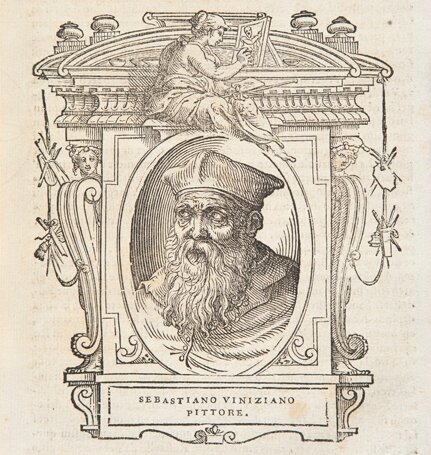
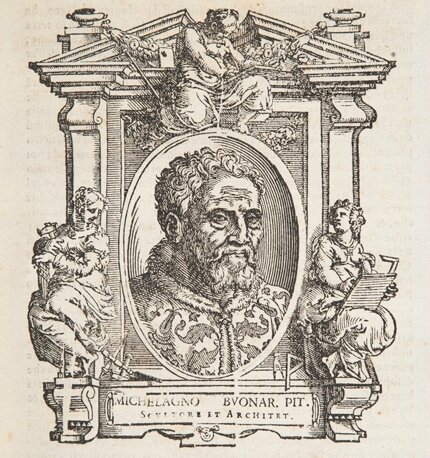
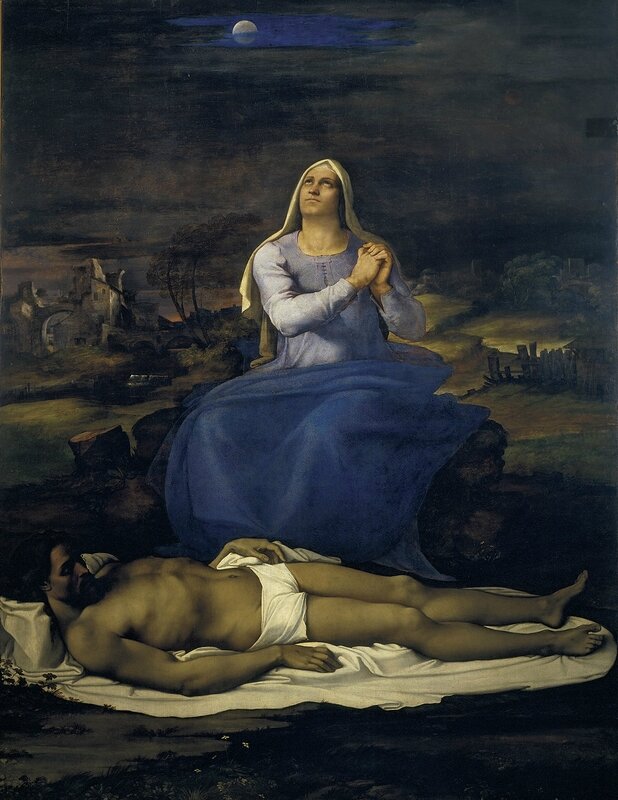
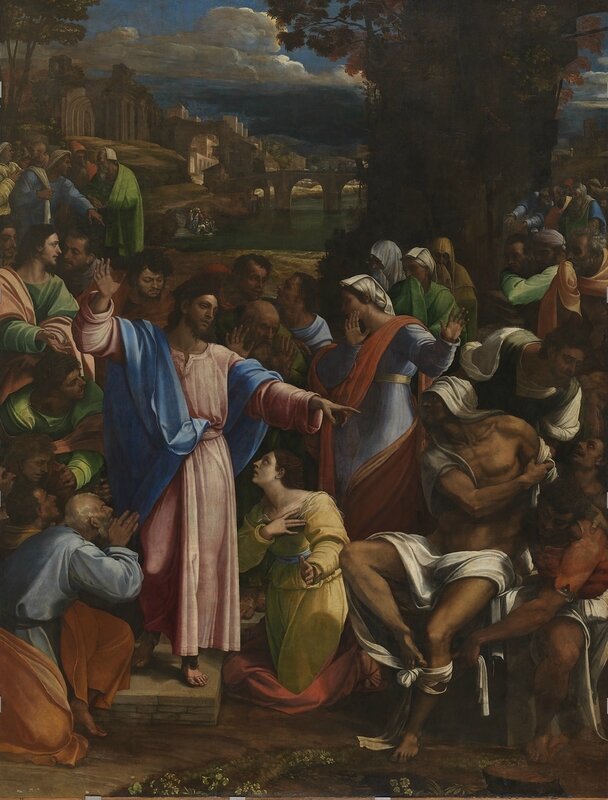

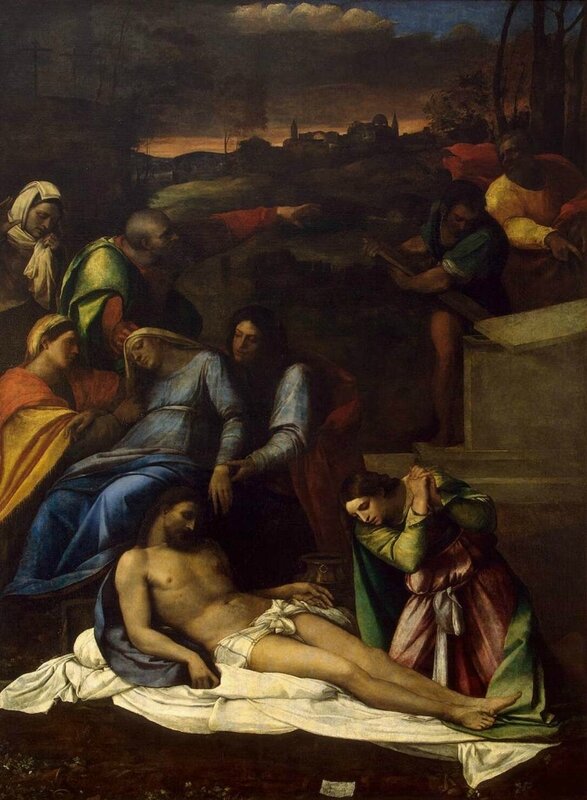
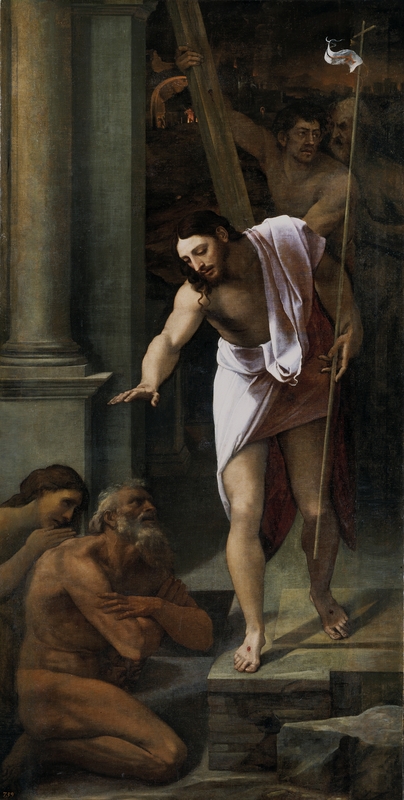



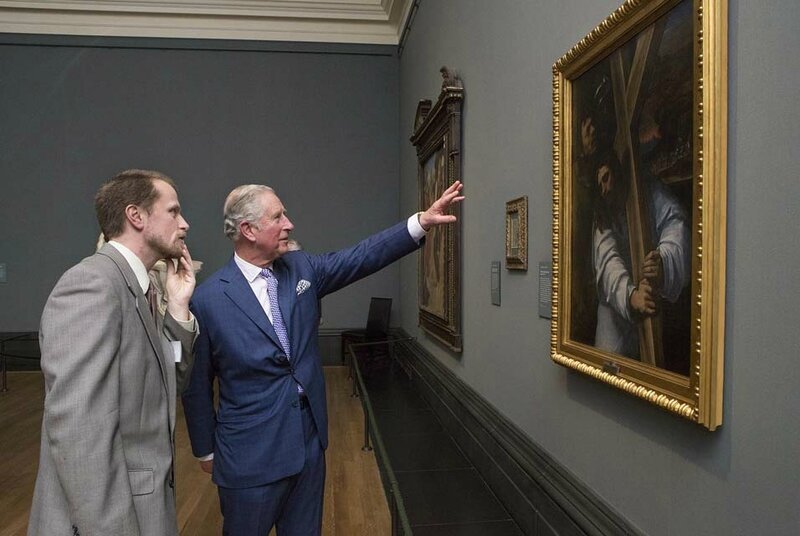


/http%3A%2F%2Fstorage.canalblog.com%2F60%2F58%2F119589%2F120545681_o.jpg)
/http%3A%2F%2Fstorage.canalblog.com%2F27%2F09%2F119589%2F96497180_o.jpg)
/http%3A%2F%2Fstorage.canalblog.com%2F31%2F70%2F119589%2F35060016_o.jpg)
/http%3A%2F%2Fstorage.canalblog.com%2F27%2F98%2F119589%2F32341370_o.jpg)